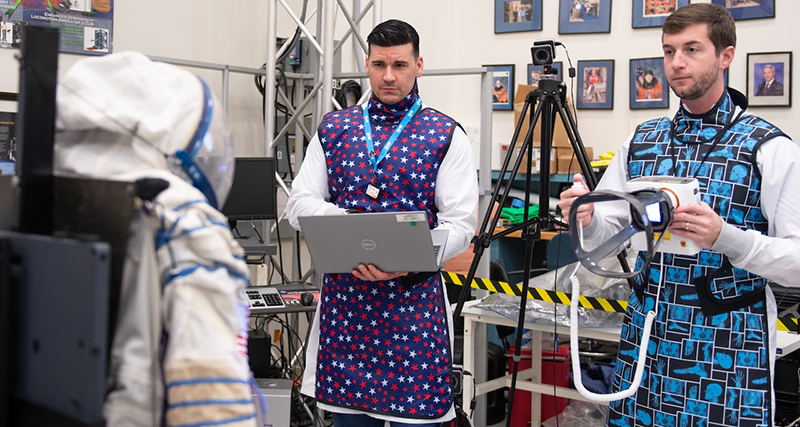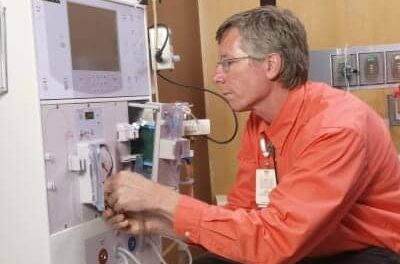NASA researchers are evaluating portable X-ray systems for diagnosing injuries and inspecting equipment during long-duration missions to the Moon and Mars.
NASA researchers are testing handheld X-ray machines that could provide critical diagnostic capabilities for astronauts on future missions to the Moon and Mars, where communication delays of up to 45 minutes make real-time medical consultations with Earth impossible.
The research team, led by scientists at NASA’s Glenn Research Center in Cleveland and including Universities Space Research Association staff, is evaluating whether portable X-ray systems can meet both medical and technical needs during long-duration space missions without adding excessive mass, power demand, or volume to spacecraft.
“Portable X-ray could allow astronauts to quickly assess injuries or equipment issues during long-duration missions,” says Dr Chase Haddix, senior biomedical engineering research contractor with the Universities Space Research Association at NASA Glenn, in a release. “These systems could diagnose everything from fractures on the body to tears in a spacesuit.”
The technology could serve dual purposes, allowing astronauts to check for fractures or internal injuries while also inspecting spacecraft components or circuit boards without disassembling equipment.
Clinical Validation Study Underway
To validate the technology’s effectiveness, NASA Glenn and University Hospitals are conducting a clinical study with real patients, comparing portable X-ray systems against hospital-grade equipment. The research focuses on three key metrics: usability, image clarity, and diagnostic accuracy.
The study involves collaboration between scientists at NASA’s Glenn Research Center, Johnson Space Center in Houston, Langley Research Center in Hampton, Virginia, and radiography experts at University Hospitals and Cuyahoga Community College in Cleveland.
Competitive Selection Process
NASA received more than 200 commercial system proposals for the project, analyzing factors including size, weight, image quality, ease of use, cost, and safety. The agency selected only three systems for further testing, including the mini X-ray technology.
The research data will help determine whether portable X-ray systems should be included in medical kits for future lunar and Martian missions, where astronauts will need to diagnose and treat medical conditions independently due to communication delays with Earth-based medical teams.
Photo caption: NASA Glenn’s Cy Peverill, left, and Chase Haddix capture X-ray images of an astronaut spacesuit at NASA’s Glenn Research Center.
Photo credit: NASA/GRC/Sara Lowthian-Hanna





